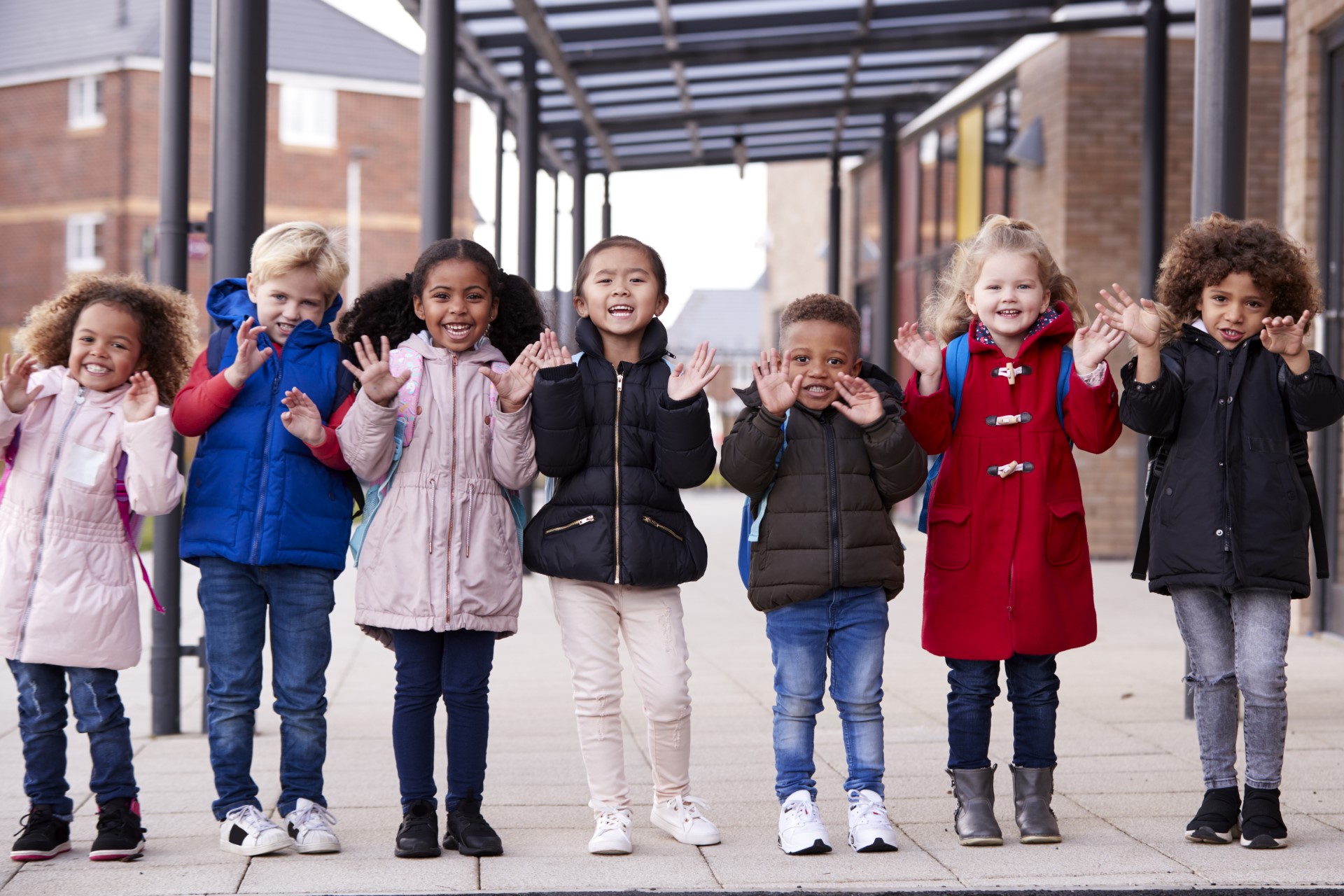How Do I Talk to My Child About Race?
Young children are inquisitive by nature and your child may be starting to notice differences between themselves and their friends. Has your child started to ask questions about people they see at the shops or at the park? Don’t shy away from what they’re pointing out – dive into it.
How can you help your child understand and appreciate differences?
- Help your child explore their features by creating an ‘All About Me’ book or drawing a self-portrait.
- Explore others’ differences by looking at family photo albums and class pictures.
- Model inclusivity and curiosity by saying things like “Your hair is brown and your cousin’s hair is black — you both have beautiful hair,” and “Tell me about your classmates.”
- Read books, tell stories, and watch movies about a variety of people, cultures, abilities, genders, and families to help your child see what they have in common with others, and what’s different.
- Avoid language that stereotypes genders and make all materials available to your child, regardless of their gender.
How should you respond if your child says something racist, stereotypical, or biased?
These types of comments or questions from young children are likely unintentional. They typically reflect what they’ve overheard, rather than what they believe. Children will often say words or phrases that they’ve noticed elicits a reaction, such as laughter, from their peers, without knowing what they actually mean.
- Ask questions to find out more — learn about your child’s perspective by saying, “Tell me more about that” or “What makes you say/ask that?”
- Provide accurate information and create a teachable moment for your child, rather than only telling them that what they said was wrong.
- Share simple facts instead of complex answers and use examples, such as, “We all have different skin tones. Look, yours is different from Rachel’s,” and “Yes, Josh has two mummies because we all have different families — he has one cousin, but you have five.”
- Build empathy by asking things like, “I wonder how that makes your friend feel.”
- Talk about fairness and explore how to do things that make everyone feel involved and included.
It’s never too early to talk to your child about race, and it’s important to encourage their natural curiosity in conversation. Look for everyday opportunities to open up the dialogue and, as you start having these conversations, remember that you don’t have to tackle all issues at once. You don’t have all the answers — and that’s okay. Use these opportunities to explore and learn along with your child.




